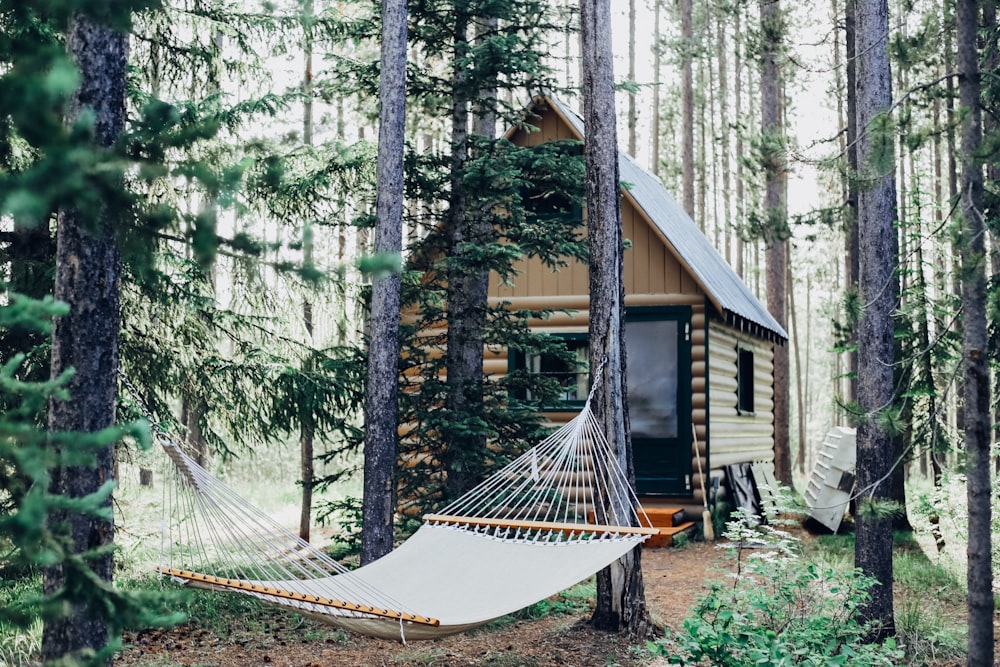Understanding Log Cabin Damage
Log cabins, with their rustic charm and timeless appeal, are a beloved choice for homeowners seeking a cozy retreat in nature. However, over time, these structures can face challenges, particularly with the wood used in their construction. One of the most common issues log cabin owners encounter is rotten logs and wood damage. Understanding the causes and signs of this type of damage is crucial for effective repair and maintenance.
Causes of Rotten Logs
Rotten logs in a log cabin can be attributed to various factors, primarily related to moisture and lack of proper ventilation. Water infiltration from rain, snow, or even ground moisture can seep into the logs, leading to rot over time. Additionally, inadequate airflow within the logs can create a damp environment, ideal for fungal growth and wood decay. Other factors such as insect infestations, particularly termites and carpenter ants, can also contribute to wood damage and rot.
Signs of Rotten Logs
Detecting rotten logs early is key to preventing further damage to your log cabin. Some common signs to look out for include soft, spongy wood that feels damp to the touch. Discoloration or dark spots on the surface of the logs, along with a musty odor, can indicate fungal growth and decay. Peeling or flaking wood, as well as visible cracks or splits, are also signs that the logs may be compromised.
Assessing the Extent of Damage
Before proceeding with repairs, a thorough assessment of the extent of damage is essential. Start by inspecting all the logs of your cabin, both inside and out. Use a screwdriver or similar tool to probe the wood gently. If the wood feels soft and easily gives way, it is likely rotten and requires attention. Take note of areas where the damage is most severe, as these will need priority in the repair process.
Steps for Repairing Rotten Logs
- Remove Damaged Logs: Begin by carefully removing the rotten logs from the cabin structure. Use a chainsaw or handsaw to make clean cuts, ensuring straight lines for a seamless repair.
- Inspect Adjacent Logs: After removing the damaged logs, inspect the adjacent logs for any signs of rot or decay. It’s crucial to address any hidden damage to prevent further issues.
- Replace Rotten Logs: Once the extent of damage is assessed, it’s time to replace the rotten logs with new, treated logs. Ensure the replacement logs are properly sized and fit snugly into place.
- Treat and Seal: Before installing the new logs, treat them with a wood preservative to prevent future decay. Seal the ends of the logs with a high-quality wood sealer to protect against moisture.
- Secure with Fasteners: Secure the new logs in place using appropriate fasteners such as screws or lag bolts. Make sure the logs are tightly secured to maintain the structural integrity of the cabin.
- Restore and Finish: Finally, once the new logs are in place, restore the cabin’s exterior by sanding, staining, or painting as needed. This not only enhances the appearance but also provides added protection against the elements.
Preventative Measures for Future
To prevent future issues with rotten logs, consider the following preventative measures:
- Regularly inspect your log cabin for signs of water damage, leaks, or pest infestations.
- Keep gutters and downspouts clear to ensure proper drainage away from the cabin.
- Maintain adequate ventilation within the logs by trimming vegetation around the cabin.
- Apply a fresh coat of wood sealant or preservative every few years to protect against moisture.
In Conclusion
Repairing rotten logs and addressing wood damage in your log cabin is a crucial aspect of maintenance to ensure the longevity and structural integrity of your cherished retreat. By understanding the causes, signs, and steps for repair, you can tackle these issues effectively and preserve the beauty of your log cabin for years to come. Regular inspections and preventative measures are key in maintaining a healthy and resilient log cabin that will continue to provide comfort and joy in the heart of nature. Read more about log cabin repair rotten logs

